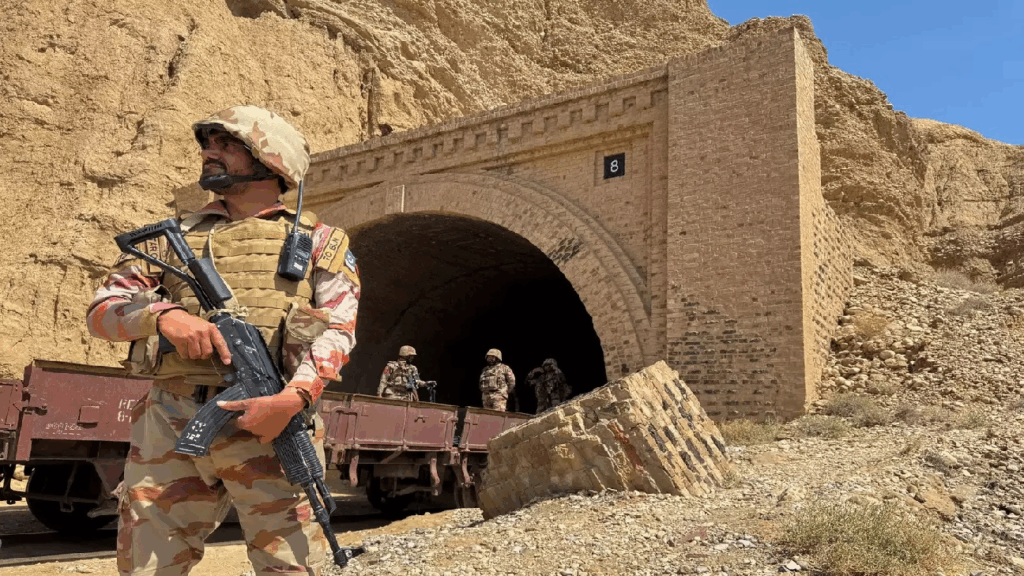2009: The Benchmark of Bloodshed
The year 2009 is remembered as one of the darkest chapters in Pakistan’s fight against terrorism. The scale of violence was unprecedented:
- Nearly 12,000 fatalities across civilians, militants, and security personnel.
- Around 991 security force martyrs, with dozens of deadly ambushes and suicide bombings.
- Over 80 suicide attacks, killing more than 1,200 people and wounding thousands.
- High-profile terror strikes, including the GHQ attack in Rawalpindi and multiple bombings in Karachi, Khyber Pakhtunkhwa, and FATA.

Analysts labeled 2009 as “the worst year” because no other period in Pakistan’s history had seen such a combination of suicide bombings, urban attacks, and widespread militant control in certain tribal regions.
2025: A New Era of Escalation
Fast forward to 2025, and the picture is becoming equally — if not more — grim. Reports from ISPR and independent monitors show that the martyrdom of soldiers and officers is climbing sharply, surpassing the rate seen in 2009.
In just the first three quarters of 2025:
- Hundreds of soldiers and paramilitary personnel have embraced martyrdom in counter-terrorism operations, ambushes, and border attacks.
- Provinces like Balochistan and Khyber Pakhtunkhwa remain under sustained militant pressure.
- Over 350 incidents of violence were recorded in the first quarter alone, leaving nearly 900 dead.
But what makes 2025 distinct — and potentially worse — is the rise of external proxies.
The Rise of “Fitna-al-Hindustan” and Indian Proxies

Security forces have reported the emergence of Fitna-al-Hindustan, groups allegedly backed by Indian intelligence networks and operating in Pakistan’s western regions. These outfits are not only reviving terrorism but also shifting tactics toward strategic, high-value attacks.
Unlike the indiscriminate suicide bombings of 2009, today’s proxies target military convoys, bases, critical infrastructure, and sensitive border posts.
- In July 2025, four terrorists linked to “Fitna-al-Hindustan” were neutralized in Kalat during a sanitization operation.
- The use of advanced weaponry and cross-border sanctuaries suggests a deliberate proxy war strategy aimed at bleeding Pakistan’s security establishment.
These patterns underline a dangerous escalation: while 2009 was marked by militant chaos, 2025 is witnessing coordinated strategic warfare, directed at weakening Pakistan militarily and psychologically.
2009 vs 2025: Which Is Worse?
- 2009: Bloodiest year for civilians, with waves of suicide bombings across cities and tribal areas.
- 2025: More focused on military martyrdoms and strategic attacks, creating long-term implications for national security.
- Indian Proxy Factor: Absent in 2009’s narrative but central in 2025, raising fears of a proxy conflict that could escalate into cross-border confrontation.
Conclusion: A Repeat of History, or a Deadlier Phase?
2009 scarred Pakistan with chaos, mass civilian deaths, and widespread terrorism. But 2025 is shaping into something arguably more dangerous: a systematic campaign where Pakistan’s soldiers and officers are being martyred at a faster pace, while Fitna-al-Hindustan and Indian proxies increase strategic attacks.

If unchecked, 2025 could eclipse 2009 not just in numbers but in strategic impact — weakening national defense and testing the resilience of Pakistan’s armed forces in a long proxy war.